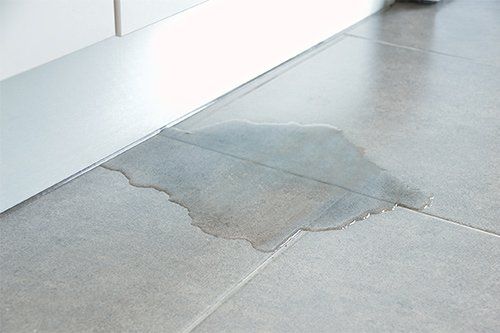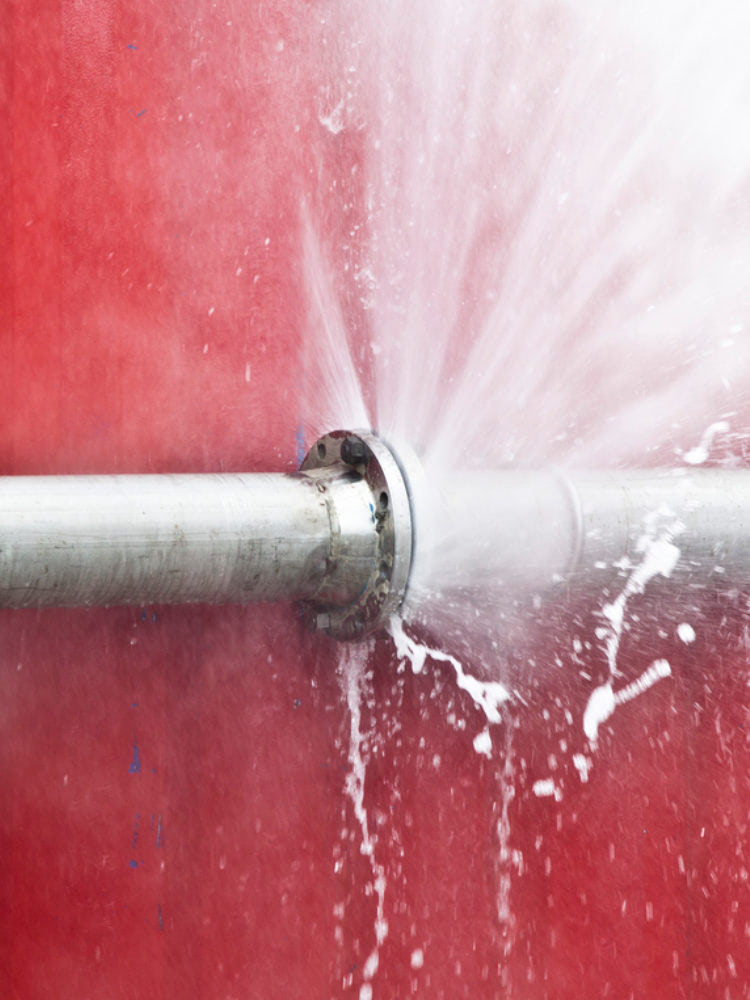How to Avoid the Six Most Common Water Leaks in Your Home
How to Avoid the Six Most Common Water Leaks in Your Home
Blog Article
On this page in the next paragraph yow will discover a good deal of outstanding answers regarding How to detect water leaks in your home.

Leaks not only create waste of water yet can additionally create unnecessary damages to your residence and also advertise undesirable organic development. Regrettably, water leaks could go unnoticed since most of the pipework in our house is concealed. By understanding as well as looking for everyday scenarios that cause leakages, you can safeguard your residence from future leakages and also unnecessary damage. Today, we will look at six leak causes that might be causing your pipes to trickle.
Instant temperature changes.
Severe temperature changes in our pipelines can create them to broaden and acquire unexpectedly. This growth and contraction may trigger cracks in the pipelines, particularly if the temperature are listed below cold.
Corroded water supply
As time goes by, your plumbing system ages and deterioration such as corrosion may start gnawing the pipes. This might be the source of discoloration or bending on your pipes. This calls for an assessment with your plumber right away. Think about replacing the pipes given that they are at a greater danger of corrosion than the more recent designs if our plumbing system is old.
Defective Pipeline Joints
The factor at which your pipes link is frequently the weakest web link in the waterline. Pipeline joints can deteriorate in time, causing water leaks. The bulk of pipeline joints are not quickly visible. If you have loud pipes that make ticking or banging noises, specifically when the warm water is turned on, your pipeline joints are probably under a great deal of pressure. It is a good idea to have your plumber inspect your system annually.
Elbowing in roots
Many water leaks start outside the house as opposed to inside it. If you observe a sudden decrease in water pressure, state in your faucet, take time to head out as well as analyze your yard. You could observe damp patches or sinkholes in your lawn, and that may suggest that tree origins are invading water lines creating water to seep out. You can have your plumber look for invasion, especially if you have trees or bushes near your residential or commercial property.
Poor Water Connectors
At times, a leak can be triggered by loose hoses as well as pipelines that supply your appliances. In situation of a water connections leakage, you may see water running directly from the supply line or pools around your devices.
Obstructed Drains
Clogged drains might be aggravating and also inconveniencing, however they can often end up creating an overflow leading to rupture pipelines. Keep removing any materials that may drop your drains that might clog them to avoid such aggravations.
All the above are sources of leakages but not all water leakages result from plumbing leakages; some leaks may come from roof covering leakages. All leakages should be fixed right away to prevent water damage.
Leakages not only create waste of water yet can additionally create unneeded damages to your residence and advertise undesirable natural growth. By looking and comprehending for daily scenarios that create leaks, you can shield your residence from future leaks and unnecessary damages. Today, we will certainly look at 6 leak triggers that might be causing your pipelines to trickle.
At times, a leakage can be created by loose hose pipes as well as pipes that supply your devices. In situation of a water connections leak, you might see water running directly from the supply line or pools around your appliances.
How To Check For Water Leak In Your Home
How To Check for Leaks
The average household's leaks can account for nearly 10,000 gallons of water wasted every year and ten percent of homes have leaks that waste 90 gallons or more per day. Common types of leaks found in the home are worn toilet flappers, dripping faucets, and other leaking valves. These types of leaks are often easy to fix, requiring only a few tools and hardware that can pay for themselves in water savings. Fixing easily corrected household water leaks can save homeowners about 10 percent on their water bills.
To check for leaks in your home, you first need to determine whether you're wasting water and then identify the source of the leak. Here are some tips for finding leaks:
Take a look at your water usage during a colder month, such as January or February. If a family of four exceeds 12,000 gallons per month, there are serious leaks.
Check your water meter before and after a two-hour period when no water is being used. If the meter changes at all, you probably have a leak.
Identify toilet leaks by placing a drop of food coloring in the toilet tank. If any color shows up in the bowl after 10 minutes, you have a leak. (Be sure to flush immediately after the experiment to avoid staining the tank.)
Examine faucet gaskets and pipe fittings for any water on the outside of the pipe to check for surface leaks.
Undetected water leaks can happen without the home or business owner even realizing. If you suspect a water leak, but not able to find the source. It is time to contact a professional water leak detection service, The Leak Doctor.
How To Find a Water Leak In Your Home
https://www.leakdoctor.com/blog/How-To-Check-For-Water-Leak-In-Your-Home_AE197.html

As a keen person who reads on Top Causes of Home Water Leaks, I imagined sharing that piece was a smart idea. Feel free to take the time to promote this blog if you appreciated it. Thank-you for going through it.
Book Instantly Report this page